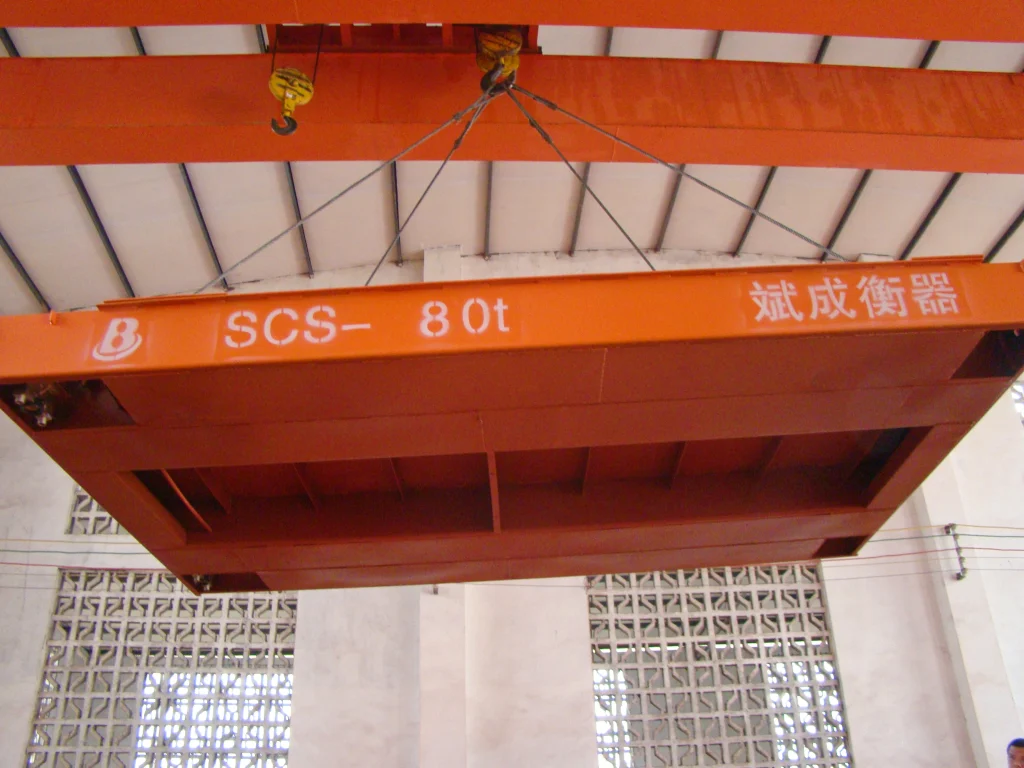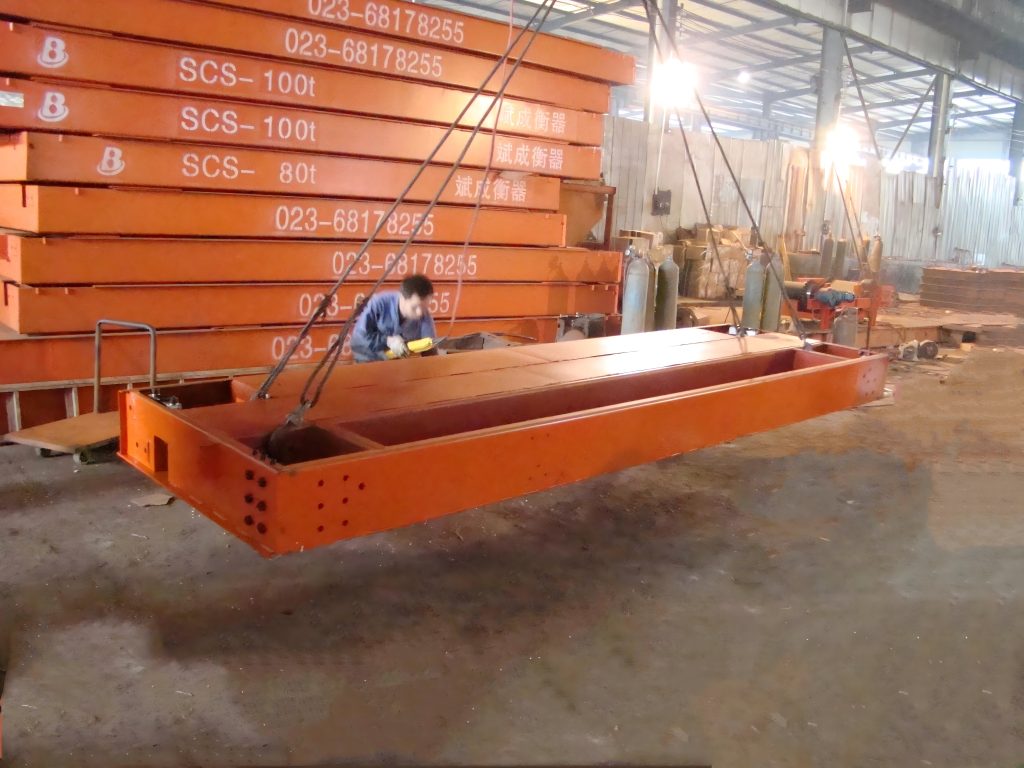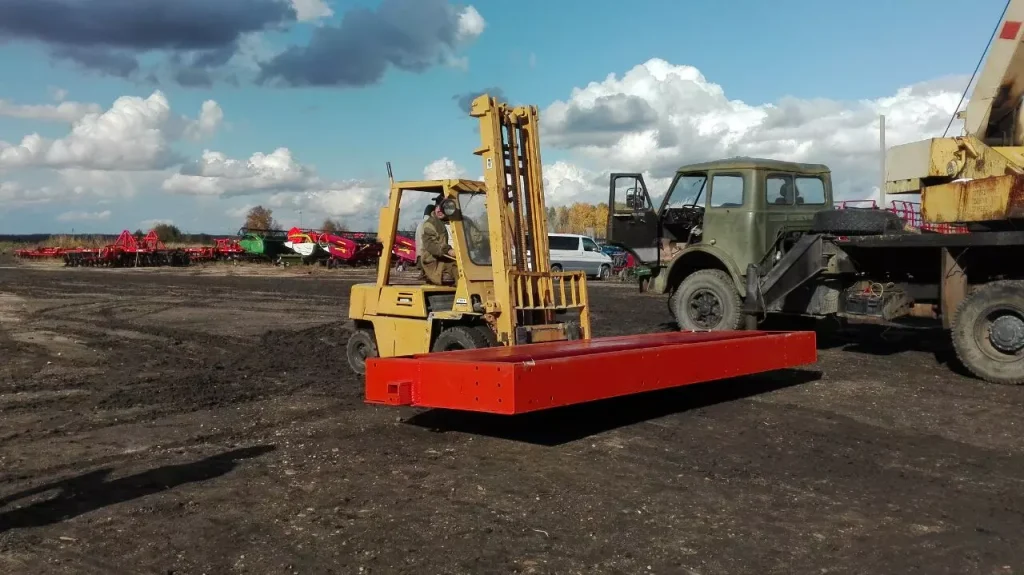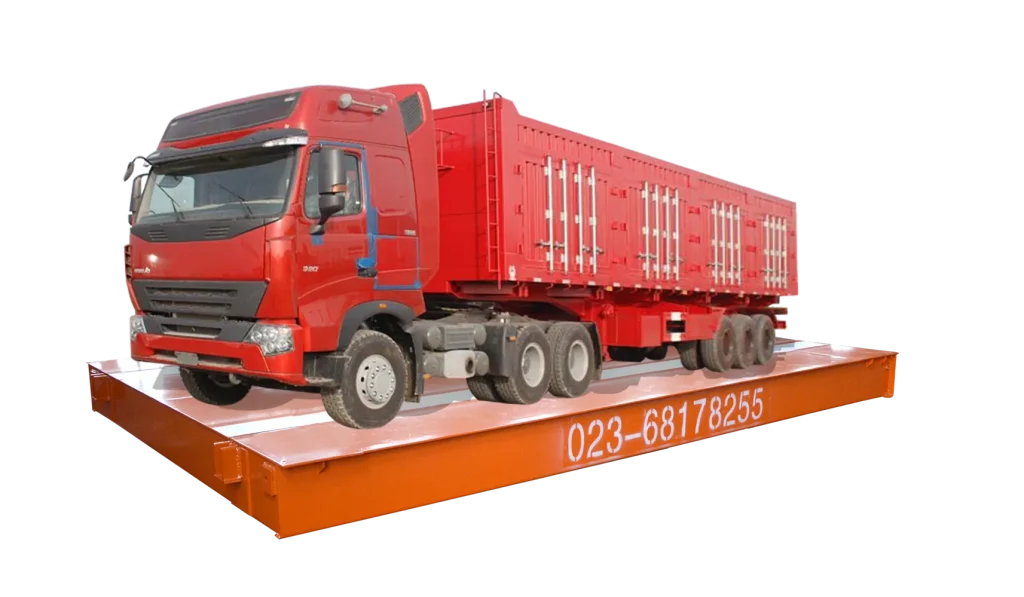A Guide to Lorry Weighbridge Maintenance and Fixing Inaccuracy
Accurate weight measurement is critical in numerous industries. Lorry weighbridges, also known as truck weighbridges, are essential for ensuring the precise weight of incoming and outgoing goods transported by trucks. However, even the most sophisticated weighbridge can develop inaccuracies over time due to wear and tear, environmental factors, or poor maintenance. This can result in costly consequences, such as fines for exceeding weight limits or incorrect product pricing. As a professional weighbridge manufacturing company, we’ll go over essential maintenance practices to keep your weighbridge running smoothly and consistently, ensuring accurate weight measurements. We will also provide a troubleshooting guide to assist you in identifying and addressing potential causes of inaccurate readings, allowing you to quickly restore your weighbridge to full functionality.

Lorry Weighbridge Maintenance
Regular maintenance is crucial for maintaining the accuracy and reliability of a lorry weighbridge. Key areas of focus include:
Calibration
- Frequency: Regular calibration is essential to ensure accurate weight readings. The frequency depends on usage, regulations, and manufacturer guidelines.
- Process: Certified weights are used to verify weighbridge accuracy across its entire weighing range. This process should be conducted by trained technicians.
Component Inspection
- Load Cells: These are the core components. Regular inspection for wear, corrosion, or damage is vital.
- Junction Boxes: Check for moisture, loose wires, or corrosion that could affect signal transmission.
- Indicator System: Ensure the display, buttons, and printing functions operate correctly.
Cleaning and Lubrication
- Cleanliness: Regular removal of debris prevents weight distribution issues and maintains accuracy.
- Lubrication: Lubricating moving parts reduces friction and ensures smooth operation. Follow manufacturer guidelines.
Environmental Factors
- Temperature: Extreme temperatures can affect accuracy. Consider shelters or climate control for harsh environments.
- Moisture: Protect load cells and junction boxes from moisture to prevent corrosion.
- Harsh Weather: Wind, rain, and snow can impact stability. Shelters and windshields can help.
Software Maintenance
- Updates: Regular software updates address bugs and improve accuracy.
- New Features: Updates often include features for data management, reporting, and system integration.
By following these guidelines, you can prolong the life of your lorry weighbridge, maintain accuracy, and comply with relevant regulations.

Troubleshooting Weighbridge Inaccuracies
Weighbridge inaccuracies can disrupt operations and lead to financial losses. Here’s a step-by-step guide to identifying and addressing the issue:
Initial Checks
- Review Maintenance History: Check if the weighbridge has been calibrated recently and if maintenance procedures have been followed.
- Component Inspection: Examine load cells, junction boxes, and the indicator for damage, wear, or loose connections.
- Environmental Factors: Consider recent weather conditions, as extreme temperatures or moisture can affect accuracy.
- Software Issues: Check for error messages and consult the user manual for troubleshooting steps.
Investigating Load Cell Issues
Load cell problems often manifest as sudden weight changes, inconsistent readings, or significant deviations from known weights. While professional diagnosis is recommended, these initial steps can provide clues:
- Professional Assistance: Contact a weighbridge specialist for in-depth inspection and repair.
Other Potential Causes
- Overloading: Ensure trucks adhere to the weighbridge’s weight limit.
- Uneven Weight Distribution: Instruct drivers to center the lorry on the platform.
- External Disturbances: Minimize vibrations from nearby equipment.
Preventive Measures
- Maintenance Log: Keep detailed records of calibration, maintenance, and any issues.
- Regular Maintenance: Implement a preventive maintenance schedule to prolong weighbridge life.
By following these steps and seeking professional help when necessary, you can effectively troubleshoot and resolve weighbridge inaccuracies.

Conclusion
Implementing the preventative maintenance strategies and troubleshooting tips outlined in this guide will allow you to take control of the accuracy and performance of your truck weighbridge. Regular maintenance helps to extend the life of your weighbridge system, reduce downtime, and ensure compliance with industry regulations. Accurate weight measurements are not only essential for business efficiency; they also contribute to overall road safety by preventing overloaded vehicles. Bincen is famous in China weighbridge. When dealing with complex repairs or suspected load cell issues, consult us. Our expertise can ensure that your weighbridge continues to provide accurate and reliable weight measurements for years to come.





